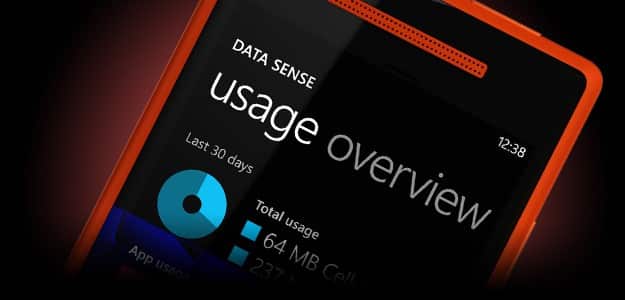Data usage on today’s mobile devices can be expensive. Especially if you are using online services using your cellular connection, you may end up with a huge bill. Here are a few tips to cut down on your monthly mobile bills.
These days, you usually get unlimited minutes and text messages for a relatively affordable sum. However, when it comes to data plans, you have to pay substantially and live in mortal fear of the possibility that you may end up using more than your data limit and thus, hike your mobile bill.
At the same time, if you consume all your data, you will be throttled at the most unexpected of times. That is yet another nagging fear which goes with mobile data usage.
So how is it that you can stay online through your cell phone, avail all the online services that you like and at the same time, never exceed your data limit. Given below are a few tips that will help you do that.
Identify your needs:
The very first thing you need to do is identify exactly what amount of data you need each month. Know that you can avail online services through Wi-Fi connectivity, and mobile data is usually useful when you need to access internet on the go. So if you are routinely traveling and need internet access, it’s a good idea to go with a data plan with greater limit. On the other hand, if you have Wi-Fi at home and Wi-Fi at work and are not exactly traveling most of the time, a data plan with a smaller limit would suffice.
Keep an eye on your data usage:
Once you have zeroed in on a data plan that suits your needs, you have to make sure that you stay alert of the amounts of data you consume. There are a number of ways to do this. When using Android 4.0 or later, simply go to Settings > Wireless & Networks > Data usage. This is a great tool in the form of a table which lets you specify you own arbitrary data limits. For instance, if you want to be alerted by the time you have consumed 50% of your data, you can set the alert at 50%. An alert will prompt you when you consume that much amount of data. You can also set a hard limit which, when reached, will stop you from using any more data.
For iOS users, iOS 7 allows you to check data usage by going to Settings > Cellular > Cellular Data Usage. For iOS 6 users, the same can be done by going to Settings > General > Usage > Cellular Usage.
Stay close to the Wi-Fi:
Most of us have daily routines. We know the places we would often visit and the rare occasions when we may not follow the routine, say on holidays and so. A good habit is to identify the accessible Wi-Fi spots at all these places and connect to them whenever possible. Remember: Wi-Fi offers greater speeds and better connectivity. So not only do you get yor online stuff done better on Wi-Fi, you also save your cellular data.
An excellent app that lets you find free Wi-Fi around you is Wi-Fi Finder. You can download the Android or iOS version of the app.
If you have to stream a video or a few songs or perhaps read the articles on your way to work, you can set these things up on your home Wi-Fi and then enjoy them along the way rather than using up your cellular data. Such preemptive thinking can help you trim down the data usage.
Use a data-savvy mobile browser:
There are a whole lot of mobile browsers out there. The wise thing is to use one which compresses data and minimizes your mobile data usage. Opera Mini for Android and its iOS counterpart does precisely that. So install the browser and rely on it to open sites when consuming cellular data. Also, make sure that you open mobile versions of sites rather than loading full versions which may consume a lot more of your plan.
Minimize background data usage:
Most of the times, a major part of your data plan is consumed by the apps running in the background. Such apps which rely on internet connectivity generally have push notifications feature on. This feature regularly checks if any updates such as a new email is here. You can turn off the feature and manually refresh the apps in question every time you want to see the updates on them.
Most of the times, this can be done by going to the Settings menu of individual apps. Alternatively, you can simply go to Settings > Wireless & Networks > Data usage on Android and turn off the always-on feature. For iOS, go to Settings > Notifications.
These are minor tricks that will help you significantly reduce your mobile data usage. That, in turn, can help you trim down your monthly mobile bill and ensure that you never exceed the limits of your data plan.
[ttjad keyword=”social-media-samrtphones”]



![Read more about the article [Tutorial] How To Add Facebook Status Bar To Every Page In Google Chrome](https://thetechjournal.com/wp-content/uploads/2012/04/facebook-512x160.jpg)
![Read more about the article [Tutorial] How To Read QR Codes With Your iPhone](https://thetechjournal.com/wp-content/uploads/2012/03/qr-iphone-512x248.jpg)
See, this is the type of material that we don’t need, and is aimed at maybe 5-10 years ago. I could think of a hundred better stories over a Thanksgiving break, but here I am, learning about problems that don’t really affect anyone with an Android or a decent phone plan, which is over 65%, and especially in this community of techies.
2.5/10 article
Your
blog is very impressive and have the useful information it is really caught my
attention.
Fashion